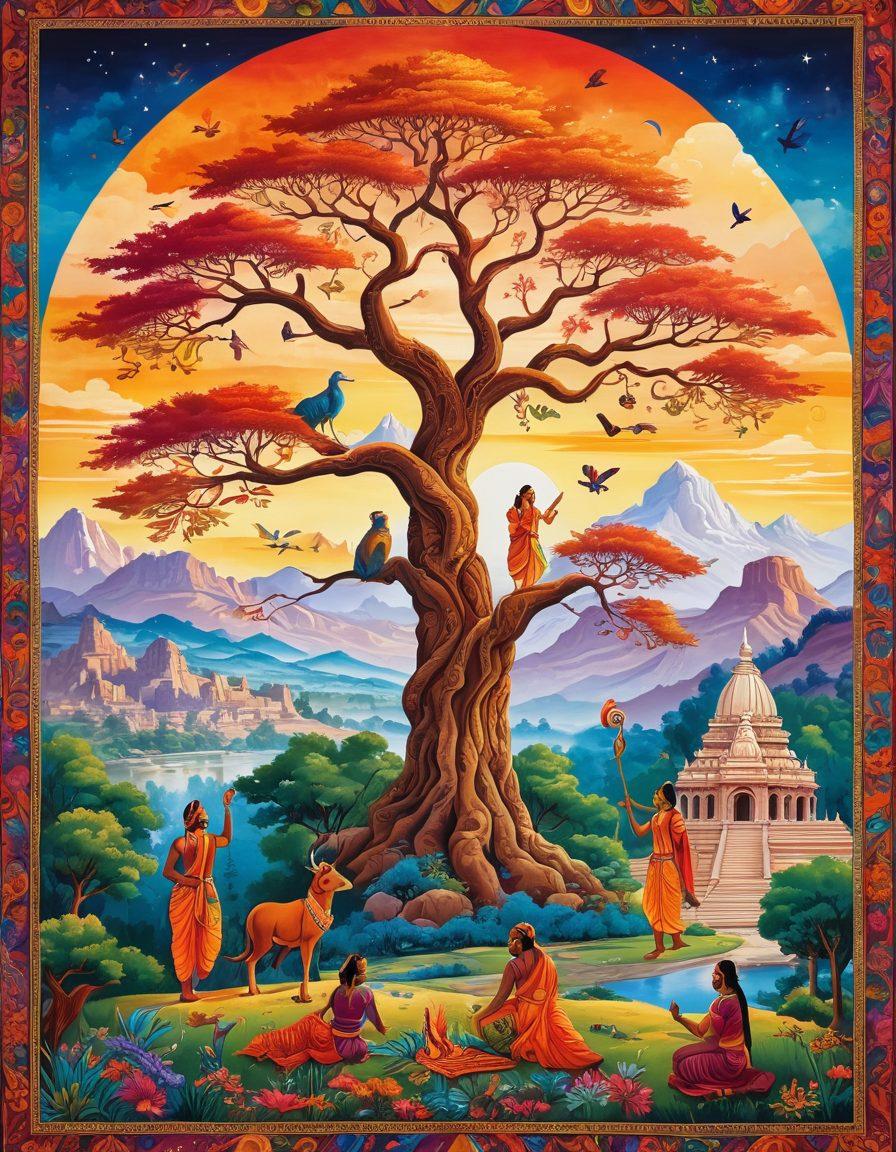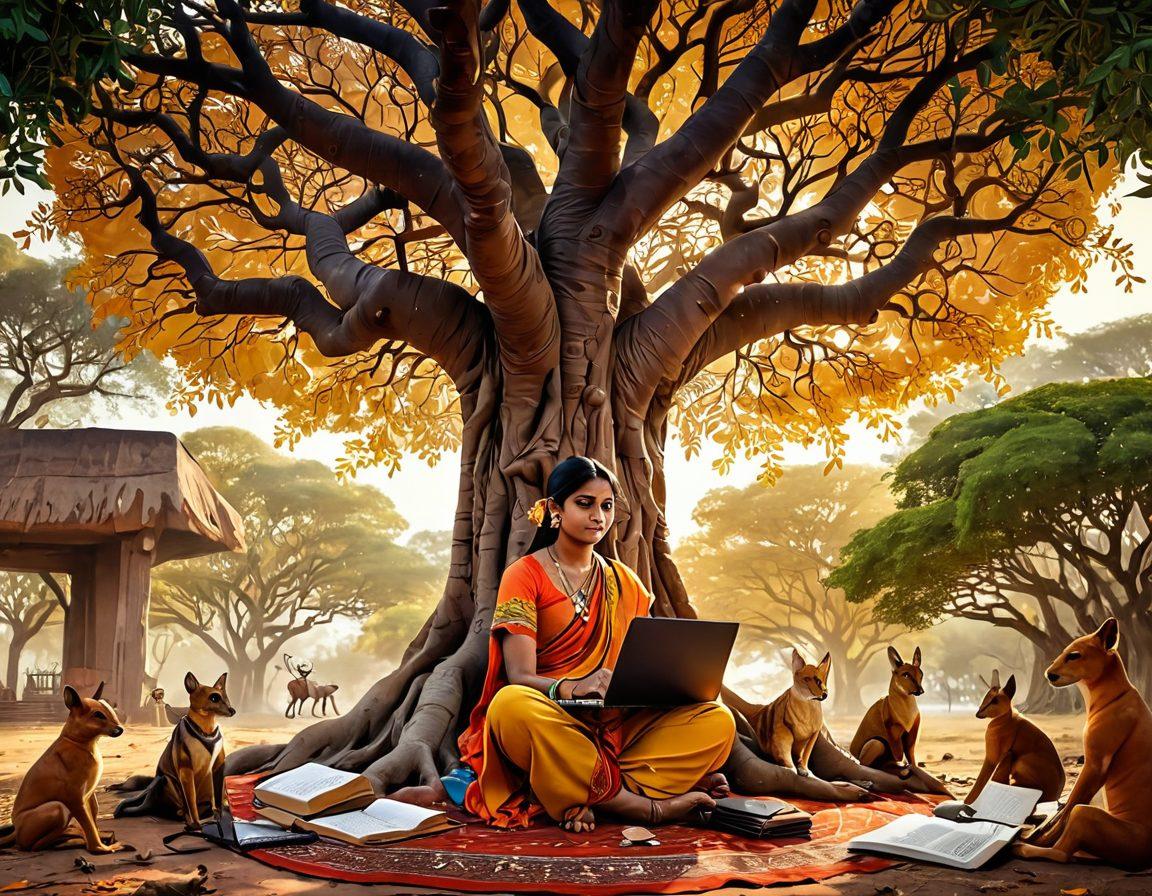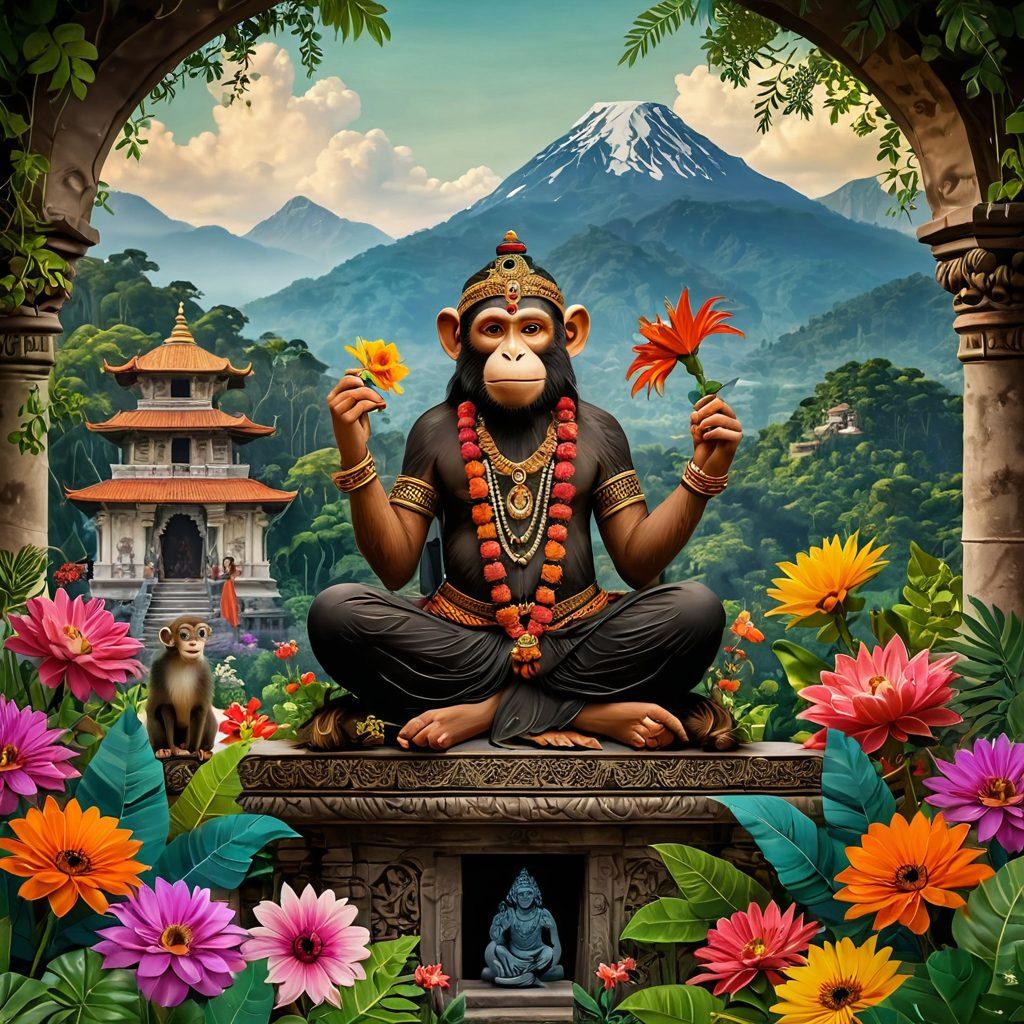Weaving Tales: Exploring Indian Folklore and Creative Storytelling
Indian folklore is like a vast ocean, teeming with vibrant tales that have been passed down through generations. Among these treasures are *desikahani stories*, which weave intricate tapestries of cultural narratives that reflect the richness of Indian culture. In an age where modern literature often seeks new ground, the roots of these traditional tales provide not only inspiration but also a sense of identity. So, how do these stories influence our contemporary narrative writing? Let's embark on this exciting journey together!
At the heart of *desikahani stories* lies the essence of storytelling itself. These narratives are not just entertainment; they are vessels of experience and wisdom that guide us through life’s twists and turns. Imagine sitting around a fire, the crackling flames casting shadows as an elder spins a tale—each word imbued with the weight of personal narratives and communal history. What lessons can we glean from these time-honored practices of oral tradition?
In our pursuit of creative storytelling, we often find ourselves craving the authenticity that *Indian folklore* provides. Short stories rooted in *desikahani stories* wrap readers in the warmth of familiarity while simultaneously inviting them to venture into uncharted territories. They remind us that *experiential writing* and *fiction writing* are inherently linked; after all, every fictional narrative has its genesis in real experiences, emotions, and cultural storytelling. As writers, how can we harness this power within our own literary works?
As we explore *modern literature*, the influence of traditional tales becomes increasingly apparent. Authors are weaving *literary storytelling* with threads borrowed from *Indian folklore*, giving rise to a new genre that marries the past with the present. Consider how the echoes of ancient myths infuse contemporary narratives with a sense of depth and connectivity. In what ways can we incorporate these age-old themes into our *blog posts* and projects? Each story offers a mirror reflecting societal values and evolving identities.
The melding of *creative nonfiction* with *desikahani stories* enriches not only our literary output but also the collective consciousness of society. When we embrace these cultural narratives, we nurture a deeper understanding of ourselves and each other. Imagine the possibilities when aspiring writers apply elements from *traditional tales* to develop their own imaginative writing! By sharing our own lived experiences through *personal narratives*, we join a longstanding tradition of storytelling that transcends time and space. By doing so, we contribute to the ever-evolving fabric of *Indian literature* and inspire future generations of storytellers.
From Traditional Tales to Personal Narratives: The Art of Creative Storytelling in Indian Culture
In the vibrant tapestry of Indian culture, storytelling breathes life into tradition and imagination. From the enchanting realm of desikahani stories to the modern literary works that encapsulate our experiences, storytelling serves as a bridge that connects generations. Have you ever wondered how a simple tale can hold not just entertainment, but also cultural wisdom and profound lessons? As we explore the art of creative storytelling in Indian culture, we uncover how personal narratives intertwine with traditional tales to shape our identity and heritage.
The narrative threads of Indian folklore are rich and diverse, a reflection of the vast array of cultures residing within the subcontinent. Traditional tales often feature compelling characters, moral dilemmas, and fantastical elements that captivate audiences of all ages. Think of the legendary tales of the Mahabharata or the Ramayana, where every character embodies certain values and struggles, inviting readers to reflect on their own lives. In a world where we constantly bury ourselves in blogs and social media, storytelling remains a powerful tool to communicate not just stories, but the essence of our shared humanity.
What if I told you that each of us carries a story worth telling? Personal narratives are the heartbeat of creative storytelling, allowing authors to draw from real-life experiences and weave them into engaging fiction. This blend of experiential writing transforms mundane moments into captivating stories that resonate universally. For instance, your childhood memories can be reimagined as a fictional narrative that highlights the values you cherish today. Do you remember the last time you shared a heartfelt story and saw reflections of it in someone else's eyes? That's the magic of storytelling—connecting through shared experiences.
In the realm of modern literature, the blend of traditional narratives with contemporary themes makes for a dynamic storytelling landscape. With the advent of blogging and creative nonfiction, new frontiers in narrative writing have emerged, enabling writers to explore Indian folklore while infusing their personal touch. Short stories that harness the essence of cultural narratives allow readers to see their reflections, dilemmas, and dreams in the most unexpected places. It is in these storytelling spaces that authentic voices come alive, crafting experiences that are as unique as they are relatable.
As we dive into the art of creative storytelling, it becomes evident that every tale—whether it's a short story, a fictional narrative, or a simple blog post—holds the power to inspire, awaken, and transform. The stories we tell and the narratives we share contribute to our cultural legacy, creating a rich landscape of literary storytelling that spans generations. So, what’s your story? How will you use the art of storytelling to share your experiences and connect with others? Embrace the narrative journey and watch as your personal tales unfold into a tapestry of creativity and cultural celebration.
Navigating the World of Indian Folklore: Inspiring Blogging Ideas for Literary Enthusiasts
In a vibrant tapestry woven with threads of history, culture, and emotion, Indian folklore stands out as an extraordinary realm waiting to be explored. Imagine sitting around a warm fire, enveloped in the enchanting tales of wise old sages, magical creatures, and heroic figures. These stories are more than mere entertainment; they are the cultural narratives that have shaped generations, offering rich resources for blogging that can inspire literary enthusiasts everywhere. As you embark on your journey into this world, the delightful realm of desikahani stories beckons, inviting you to craft engaging blog posts that spark curiosity and connection with your readers. Have you ever thought about how storytelling can bridge cultures and preserve legacies? Let's delve into the fascinating world of Indian folklore and uncover blogging ideas that can ignite your creative storytelling spirit!
One of the most captivating aspects of Indian folklore is its adaptability. Traditional tales often evolve into modern literature, capturing the essence of the times while maintaining their core values. This transformation offers a wealth of blogging opportunities for literary works that juxtapose the old with the new. How about creating a blog series that discusses the relevance of classic Indian narratives in today's context? With your unique voice, you can explore themes of love, sacrifice, and resilience found in these tales, framing them alongside contemporary personal narratives that resonate with your audience. By weaving together experiential writing with traditional storytelling, you help keep these cultural treasures alive.
As we traverse the vast landscape of Indian literature, one cannot overlook the treasure trove of short stories embedded in its folklore. From the whimsical Rumpelstiltskin to the heartwarming tales of the Panchatantra, each story offers lessons that are surprisingly universal. Why not host a monthly feature where you spotlight a particular folk story, dissect its elements, and discuss its moral implications? This can be a great way to engage your audience in a dialogue about narrative writing, allowing them to contribute their interpretations or even their own fictional narratives inspired by these age-old tales. Can you imagine the conversations that such storytelling could spark among your readers?
Incorporating Indian folklore into creative nonfiction writing can be another dynamic avenue for your blog. By blending factual elements of mythology with your own experiences or observations—from visiting local festivals to interacting with traditional storytellers—you can create vivid narratives that pull your readers into the heart of cultural storytelling. Think of it as breathing new life into age-old wisdom, making it relatable and exciting for contemporary audiences. What's more, you can utilize quotes directly from these stories as epigraphs, lending authenticity to your blog posts and inviting readers to ponder their significance. How do these ancient tales motivate your life and work today?
At the end of the day, the beauty of Indian folklore lies not just in its fascinating characters and dazzling plots, but in its ability to inspire us, as creative storytellers. Embrace this opportunity to dive deep into the rich well of cultural narratives and translate them into vibrant blog content. Whether you share traditional tales, craft imaginative writing pieces inspired by folklore, or explore cultural storytelling through modern lenses, your blog can become a beacon of creativity for fellow literary enthusiasts. The question remains: how will you interpret the age-old wisdom of Indian folklore in your next blog post? The story is yours to tell!


